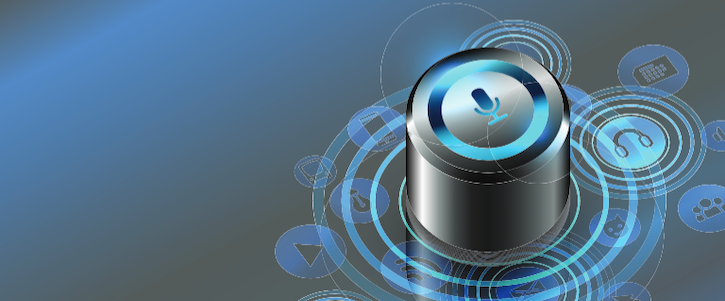Smart Speakers Monitor Infants' Breathing and Motion
The device can be used at home or in the hospital and tracks small and large infant motions.

Smart speakers are on the rise in healthcare. Although some fear privacy violations, the technology has proven to be a useful to in monitoring breathing to detect cardiac arrest in people who are asleep.
Now, a newly developed smart speaker skill, called BreathJunior, lets a device use white noise to soothe sleeping babies and monitor their breathing and movement, according to researchers at the University of Washington.
“BreathJunior holds potential for parents who want to use white noise to help their child sleep and who also want a way to monitor their child’s breathing and motion,” said co-author Jacob Sunshine, M.D., an assistant professor of anesthesiology and pain medicine at the University of Washington School of Medicine. “It also has appeal as a tool for monitoring breathing in the subset of infants in whom home respiratory monitoring is clinically indicated, as well as in hospital environments where doctors want to use unwired respiratory monitoring.”
BreathJunior tracks small and large motions, including chest movement involved in breathing and babies moving around in their crib, and can detect the sound of a baby crying. With BreathJunior, the speaker plays white noise and records how the noise is reflected from the infant’s body into the speaker’s microphones to detect the infant’s breathing motions.
“Because we know the original signal, we can cancel out any randomness from that and ten we’re left with only information about the motion of the baby,” said first author Anran Wang, a doctoral student in the University of Washington’s Paul G. Allen School of Computer Science & Engineering.
With the movement of an infant’s chest being so tiny, the researchers developed an algorithm that took advantage of the array of microphones that smart speakers have, Wang said.
Researchers created a prototype speaker to test BreathJunior on an infant simulator. The simulator could be set to breathe at different rates, which allowed the researchers to see how well BreathJunior detected a variety of rates, from 20 breaths per minute to 60 breaths per minute.
The system also performed well at detecting abnormal breathing patterns, such as apnea, that are common in babies who are born early.
The research team then tested BreathJunior with five babies in the neonatal intensive care unit and reported that it detected respiratory rates that closely matched the rates detected by traditional vital sign monitors.
“Smart speakers are becoming more and more prevalent, and these devices already have the ability to play white noise,” said co-author Shyam Gollakota, Ph.D., an associate professor in the Allen School. “If we could use this white noise feature as a contactless way to monitor infants’ hand and leg movements, breathing and crying, then the smart speaker becomes a device that can do it all, which is really exciting.”
The researchers will present their findings on Oct. 22 at the MobiCom 2019 conference in Los Cabos, Mexico.
Get the best insights in digital health directly to your inbox.
Related
Can Amazon Alexa Increase Patient Engagement?